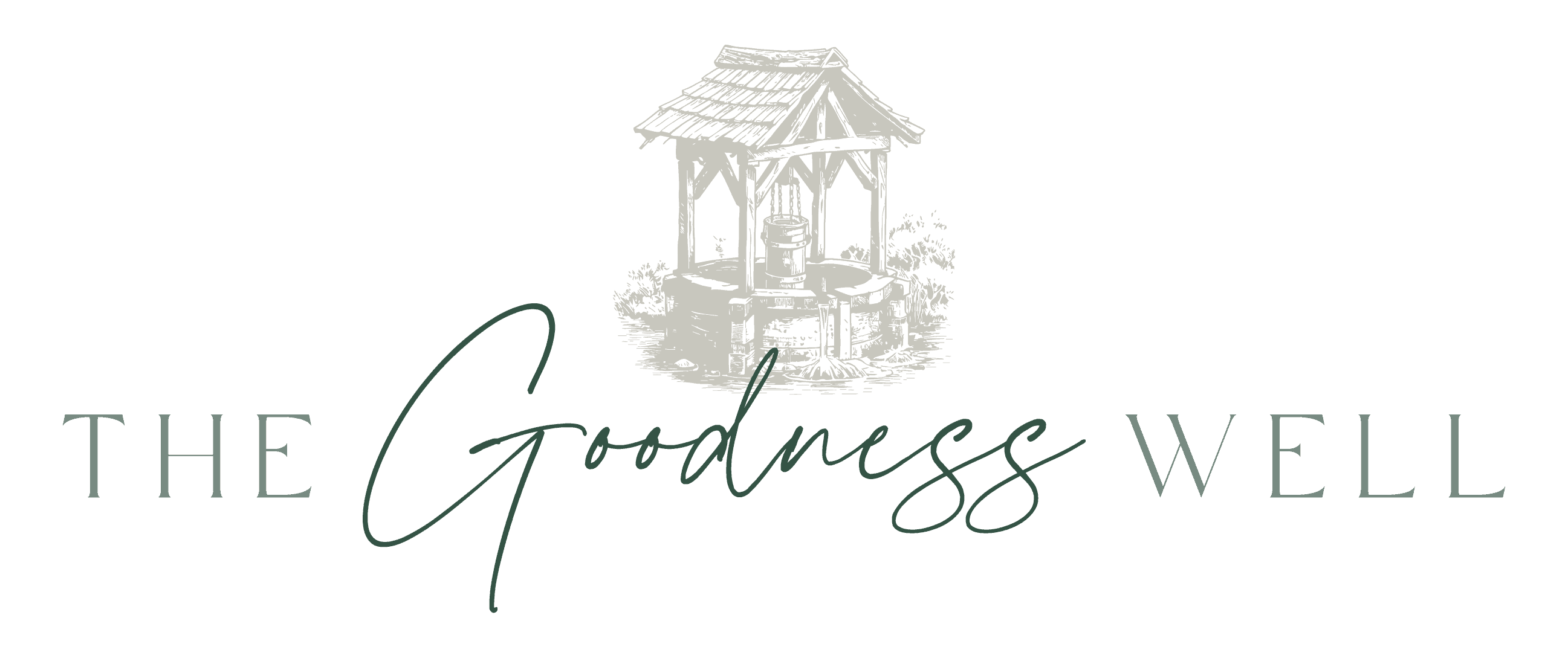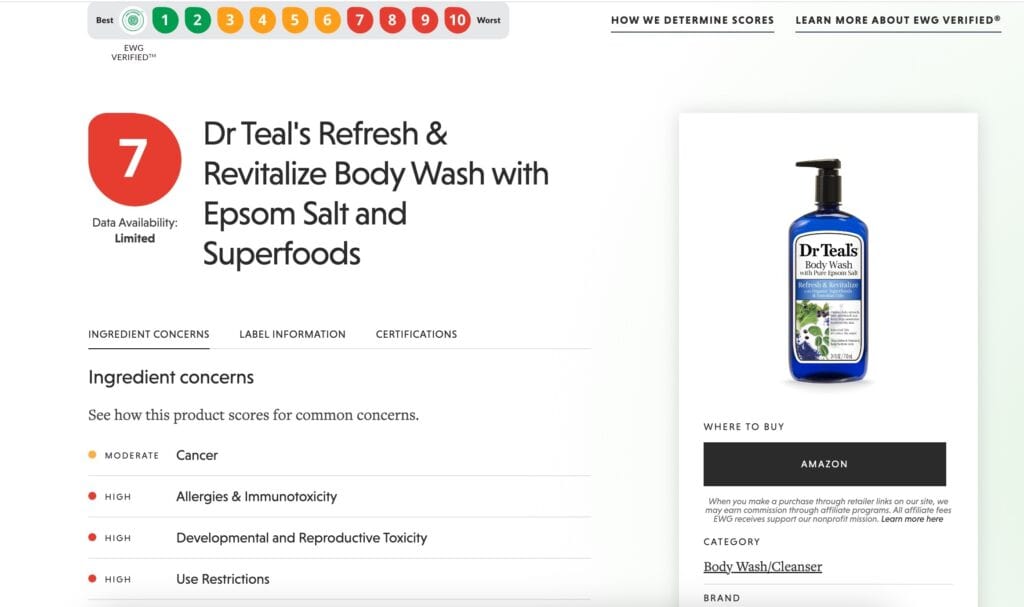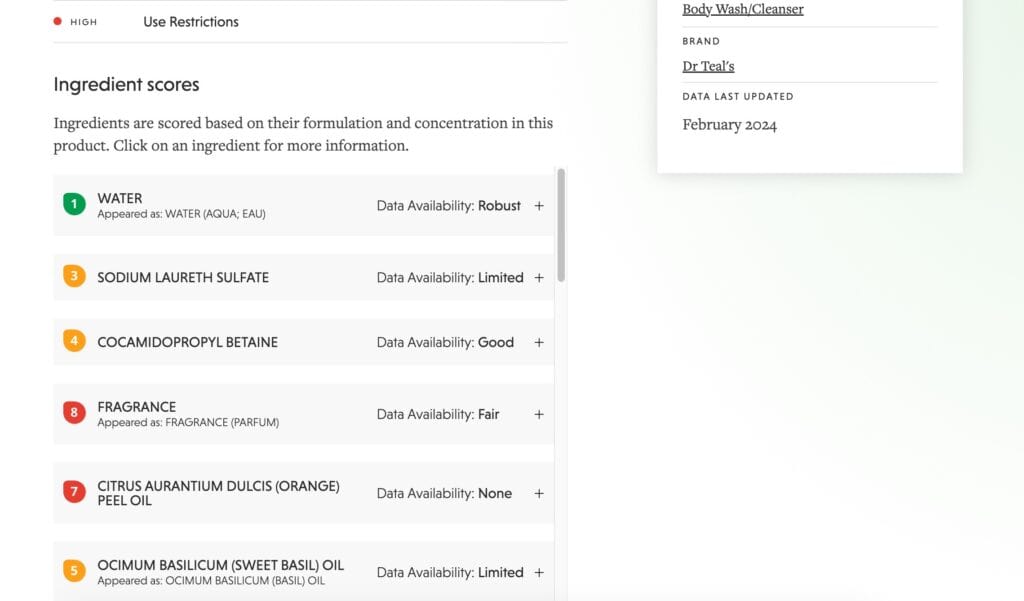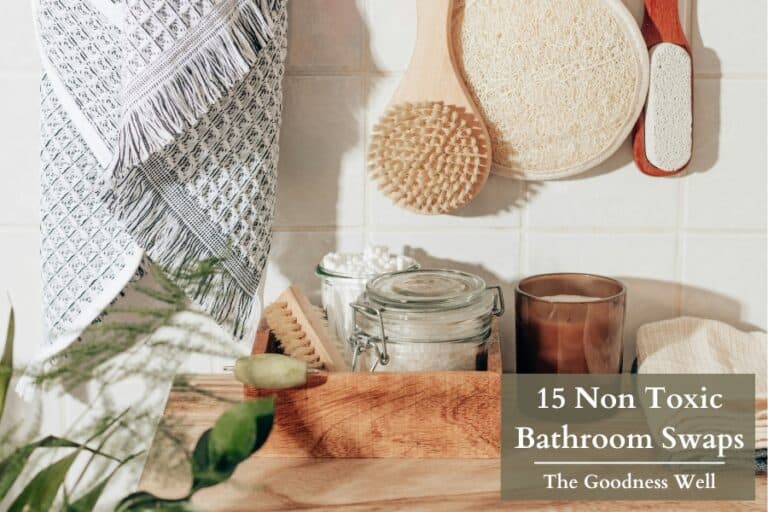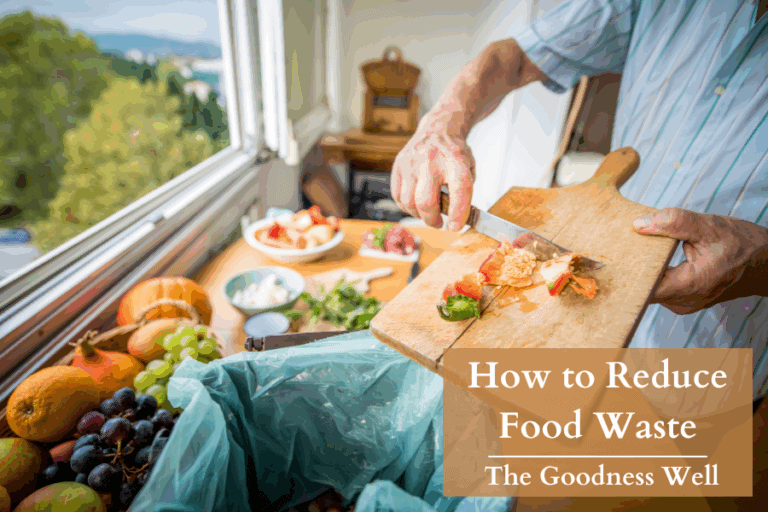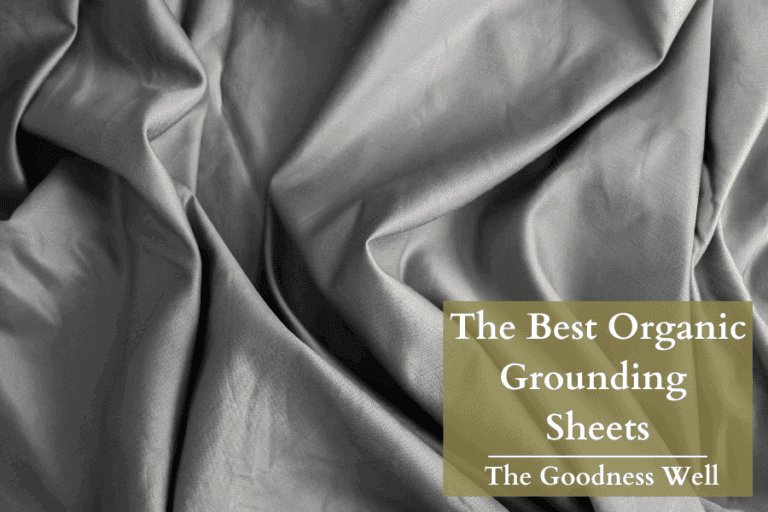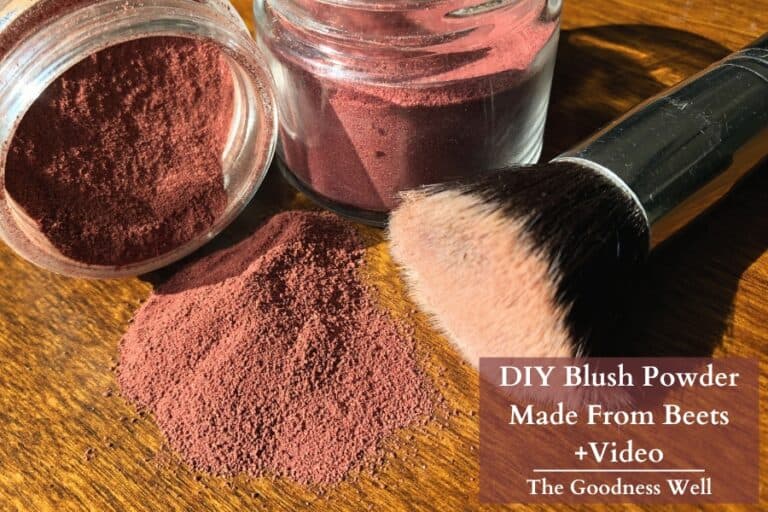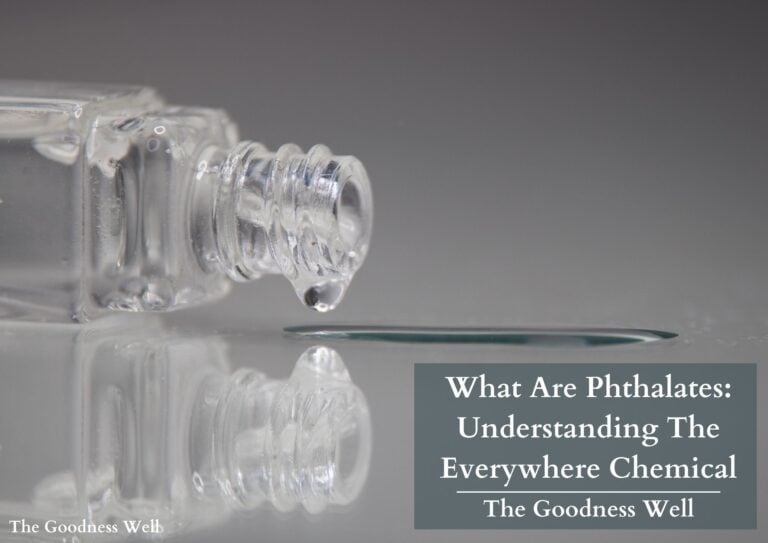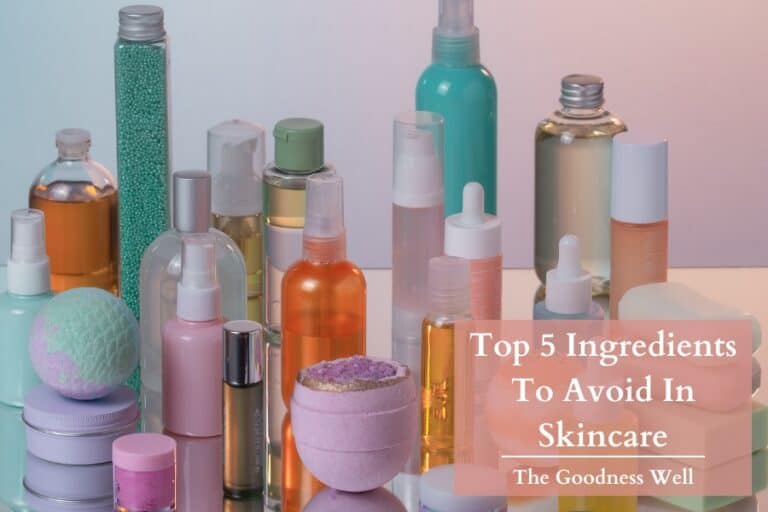How To Read Beauty Product Labels: Your Complete Guide
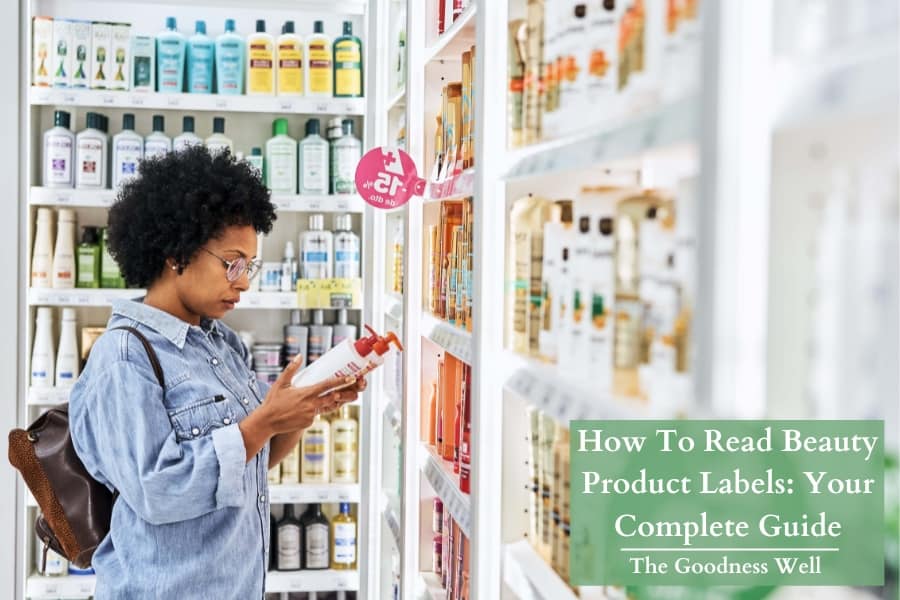
Every time you pick a product off the shelf you’re tasked with reading labels, certifications, funky-looking stickers, and product claims.
….But what does this all mean and how do you even know if it’s true?
I’ve been there before and I know how frustrating it can be. That’s why I want to help you learn how to read beauty product labels and fully understand what you’re buying.
Let’s get started 🔎
TL;DR
To read beauty product labels you need to become familiar with the meaning of different terms, icons, certifications, and labeling. Every one of these serves a specific purpose such as expiration date information, ingredients(including active ingredients), safety and priority certifications, benefits, sourcing, and more. Use research and data-based apps and websites like EWG Skin Deep to get a clearer picture of ingredient safety.
The Basics of Beauty Product Labels
Every day people pull beauty products off the shelf and see words like “all-natural”, “safe” and “eco-friendly” and assume it’s true.
When in reality that’s far from the truth…
“The cosmetic industry spends millions of dollars on advertising to promote as completely safe what are actually dangerous products.”
– Drs. Ally Cohen and Fredrick vom Saal, Non-Toxic Guide To Living Healthy In A Chemical World
Too often we take product claims at face value instead of using our resources and investigating ingredients and brands to get the whole picture.
Every letter, every inch, and even the color scheme of products is picked by people whose job it is to make you feel like you can trust their brand and buy their products because you believe it’s safe.
But after reading this article you’ll be fully equipped to make informed choices about every product you buy.
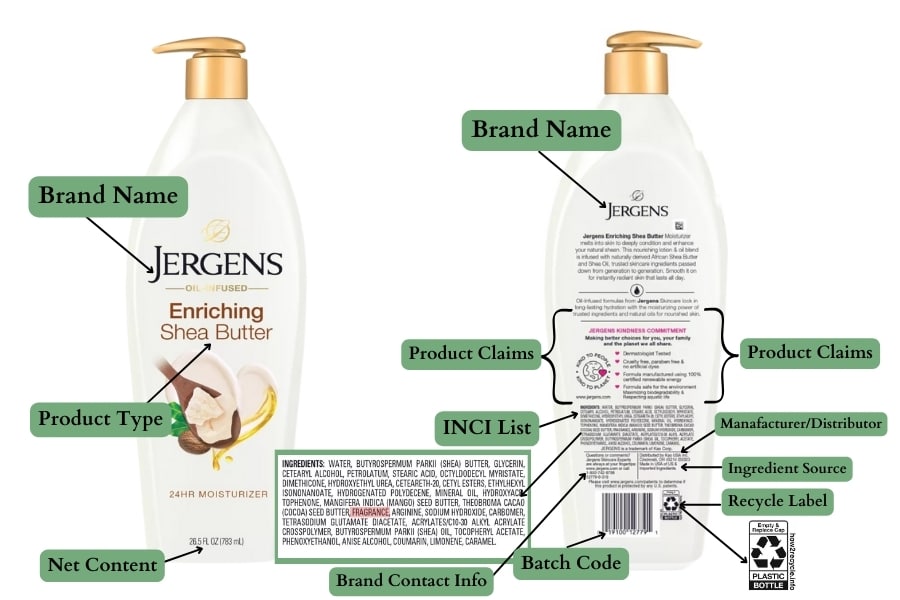
Here’s an example of a popular lotion product that has labeling, wording, and icons all over it. All serving a specific purpose.
Stay with us as we get into what these labels and others really mean.
Recyclable Packaging Symbols & Resin Codes ♻️
First up, Resin and recycling codes.
Resin codes are small numbers (1-7) inside a triangle of arrows found on plastic items. These codes tell you what type of plastic the item is made from.
Knowing these codes can help you make better choices about using and recycling plastics.
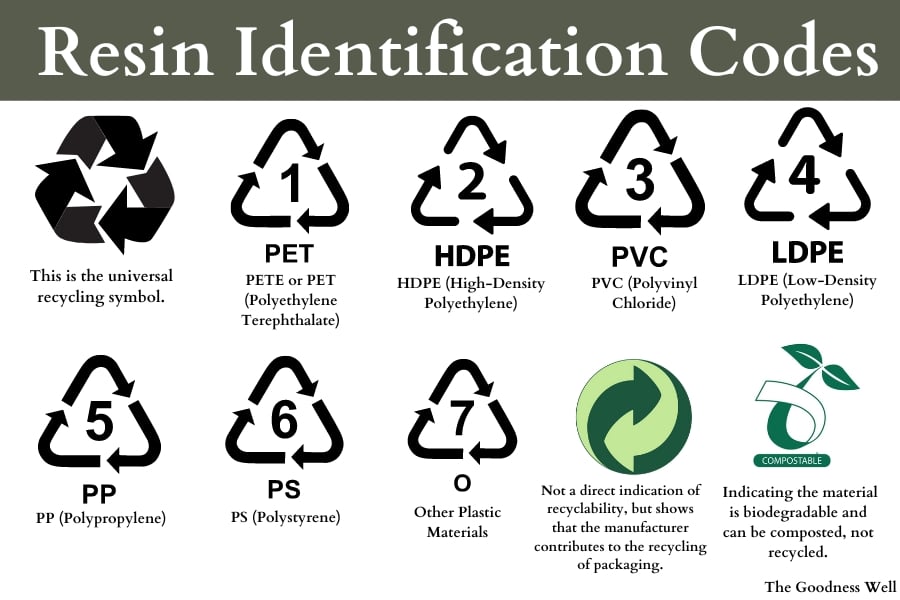
Pro Tip:
We recommend buying products in glass and limiting plastic use as much as possible. Avoid plastics with recycling codes 3 and 7 as they likely contain BPA. #3 is also likely to contain phthalates, which you want to avoid as well.
Extra Labels You Need To Know
While beauty products last a lot longer than food items, they do still have time restraints.
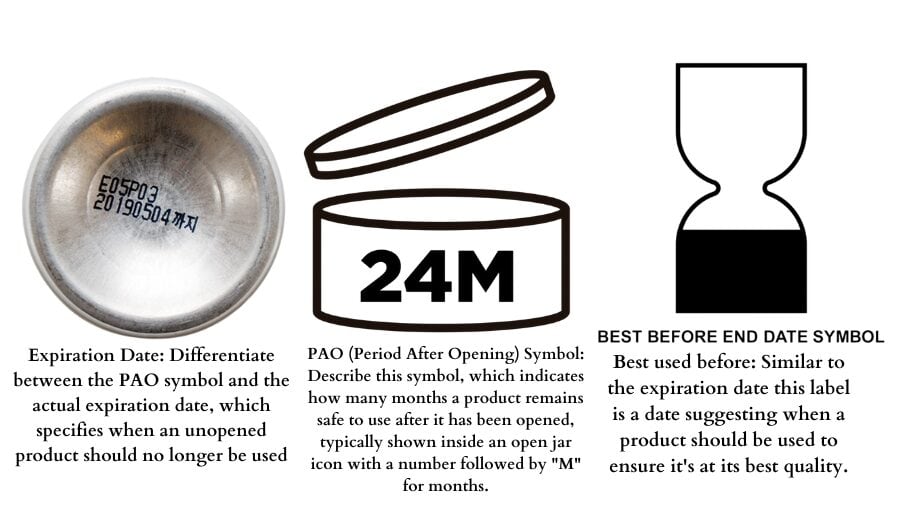
Expiration dates, PAO(Period After Opening), and Best Before End Date Symbol are indicators of how long a product lasts and when it should be used.
Other labels such as the Prop 65 warning label and the “Reference to enclosed or attached information” label are very important when concerning chemicals and ingredient information.
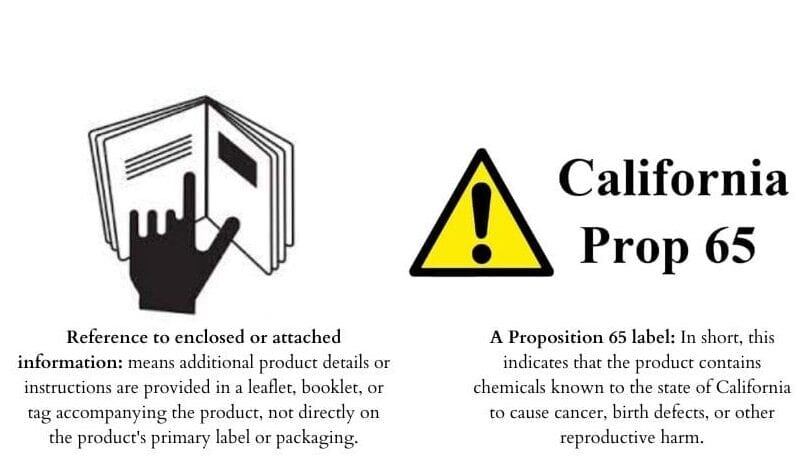
Pay attention to these two labels so you can get a full idea of what a product contains and whether of not it has harmful health risks.
Understanding Ingredient Lists
The INCI list(International Nomenclature of Cosmetic Ingredients). The INCI is the standardized system used worldwide for listing the ingredients on the packaging of cosmetic products.
It’s like a universal language that all cosmetic products use to tell you what’s inside them.
This system uses specific names for ingredients, often derived from scientific names so that the same ingredient is listed the same way everywhere.
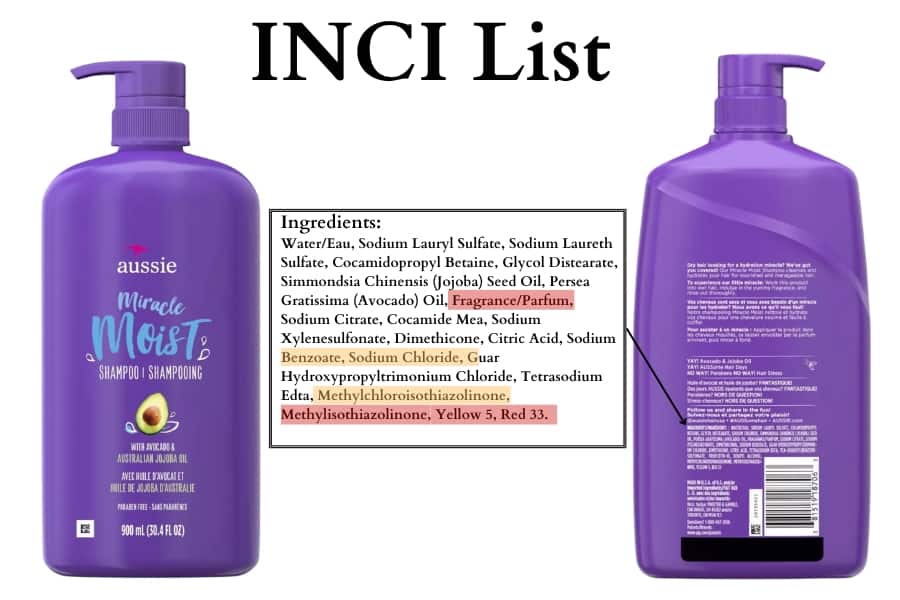
You can use this list to see what a product is fully made of but before that, you need to understand ingredients.
Ingredients you should avoid in beauty products:
- Parabens(ethyl, propyl, butyl, and methyl)
- Pthalates
- Lead acetate
- Sodium lauryl sulfate (SLS)
- Mercury(thimerosal)
- Diethanolamine(DEA)
- Propylene glycol(PG)
- Coal Tar
- Toluene
- Phenylenediamine(PPD)
- Petrolatum
- Synthetic color pigments
- Fragrance/Perfume
- Formaldehyde releasing substances
If you’re ever unsure about a cosmetic product and its ingredients use EWG Skin Deep database to get a clearer picture.
Decoding Symbols and Certifications
Now let’s get into certifications, what they mean, and how to identify them.
Some certifications are legit, independent research-based certifications but others are empty certifications that aren’t even verified without data, research, or testing.
These are certifications you should look for when buying beauty products.
- Cruelty-Free: Leaping Bunny
- Vegan Certified
- USDA Organic
- EcoCert
- Non-GMO Verified
- Gluten-Free Certification
- Fair Trade Certified
- FSC(Forest Stewardship Council) Certification
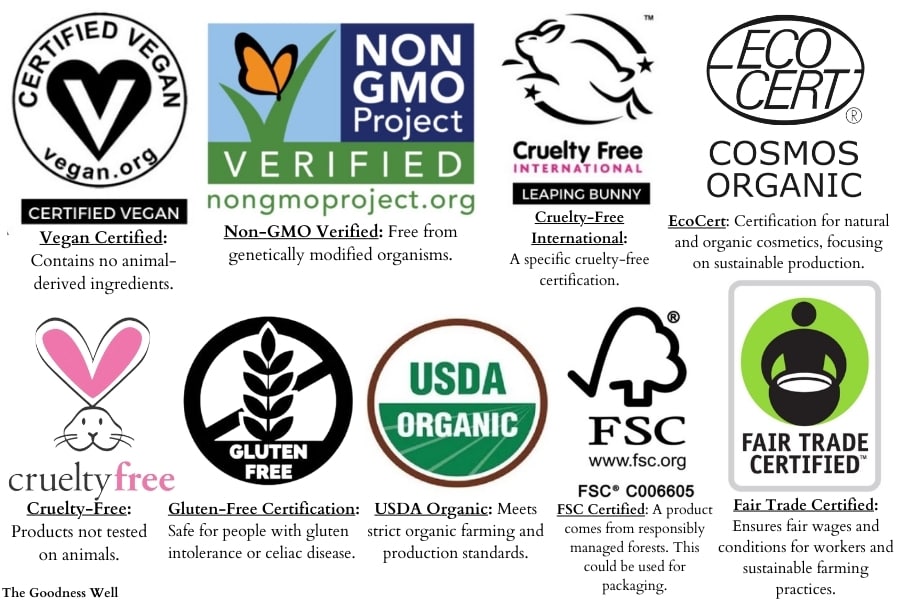
The following labels are images or icons you’ll see on a product that indicates something the brand is claiming.
However, keep in mind these labels are not verified or certified with research or by an independent third party.
Not to say these aren’t bad or even untrue, they’re just not verified and should be taken with a grain of salt.
- 100% Natural
- Fragrance-Free
- Dermatologically Tested
- Dermatologist Recommended/Doctor Recommended
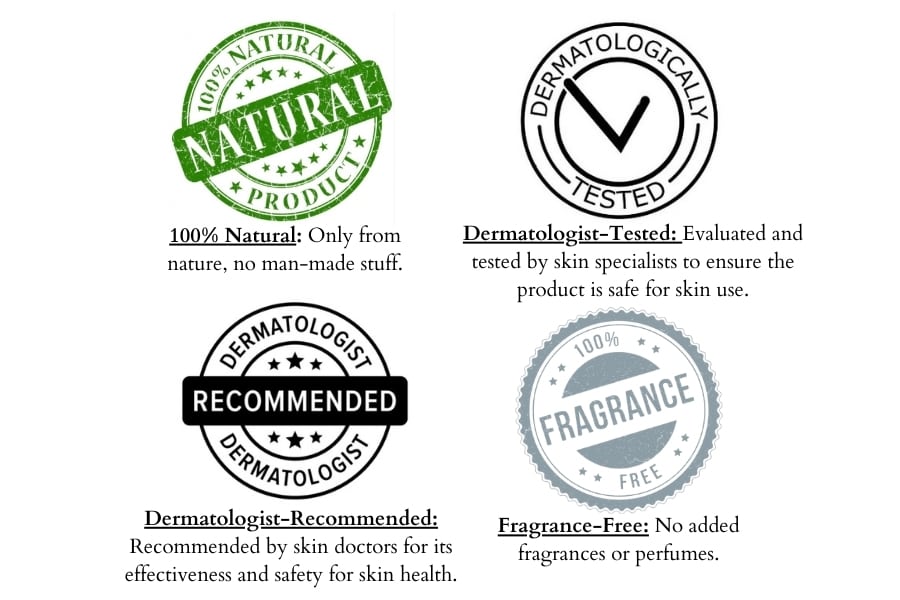
Diving Deeper into Ingredients
Natural vs. Synthetic Ingredients
If you’re wanting a beauty product that’s made from natural or even certified organic ingredients be sure to look for USDA Certified labels for organic products.
Read ingredients to make sure you’re getting a product made from natural substances and not synthetic.
Remember while organic products can be natural not all natural products are organic. It’s important to recognize the difference between synthetic, natural, and organic products.
Allergy and Skin Safe Ingredient Checkers
Allergy and Skin Safe Ingredient Checkers are online tools or resources designed to help you understand the potential allergens or irritants in skincare products.
Even natural products can pose a risk of skin irritation or an allergic reaction. Using EWG’s Skin Deep or ThinkDirty can help you understand and prevent some allergic reactions.
Here’s an example of how EWG’s Skin Deep help can help identify not only potential allergens but also toxic ingredients and measure the product’s overall safety.
These tools analyze the ingredients in products to identify any known allergens or substances that might be harmful or irritating to sensitive skin.
Active Ingredients in Cosmetics
Active ingredients are specific substances in skincare products that are intended to have a targeted effect on the skin, like improving texture, treating acne, or reducing signs of aging.
To identify active ingredients in skincare products, look for the ingredients listed at the beginning of the ingredient list or those highlighted on the product’s label or packaging.
For example, in an acne treatment cream, salicylic acid might be listed as an active ingredient due to its ability to help clear acne.
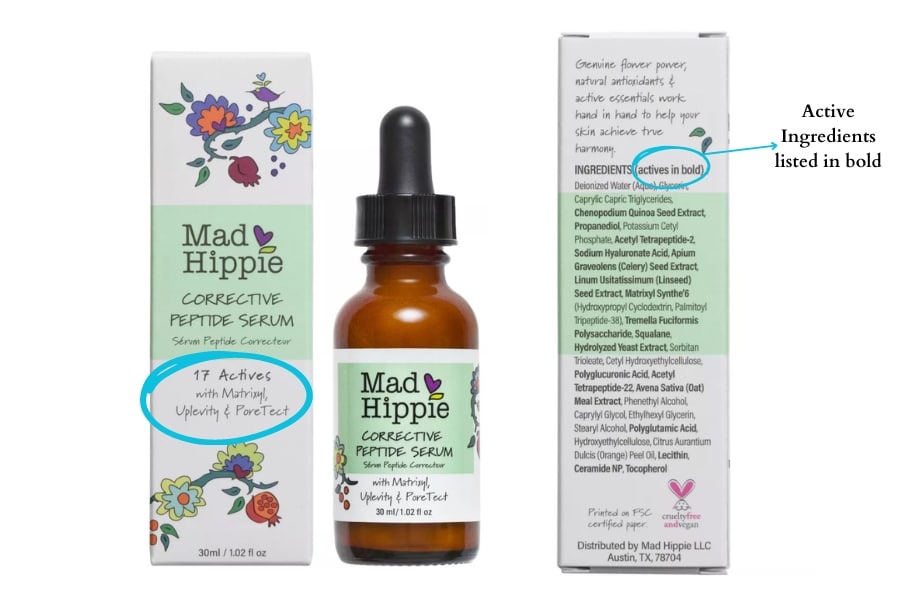
Using Your Resources🫱🏻🫲🏽
Use your resources! There are a lot of amazing resources that can help you decipher and decode product labels, certifications, and claims.
Here are just a few of the resources you can use right now.
- TheGoodnessWell.com 😎
- EWG Skin Deep web database
- EWG Healthy Living App
- ThinkDirty
- Clearya
- CosDNA
But be careful only use resources with evidence and research that can support its data.
Frequently Asked Questions
Look for official certifications like USDA Organic or EcoCert on the packaging, which indicate compliance with strict organic farming and production standards.
You can determine your skin type by observing how your skin feels and behaves throughout the day, particularly in terms of oiliness, dryness, sensitivity, or if it’s a combination of these traits.
A quick and easier way is to take online quizzes and of course, you can always seek advice from a dermatologist.
Avoid chemicals like parabens, phthalates, synthetic fragrances, formaldehyde-releasing preservatives, and sulfates in your beauty products for safer skincare choices.
Some of the most toxic chemicals in skincare products include formaldehyde, coal tar, triclosan, oxybenzone, and certain types of parabens and phthalates.
You can determine if a product is safe by checking for reputable certifications, researching its ingredients through reliable databases, and looking for any known allergens or harmful chemicals listed.
